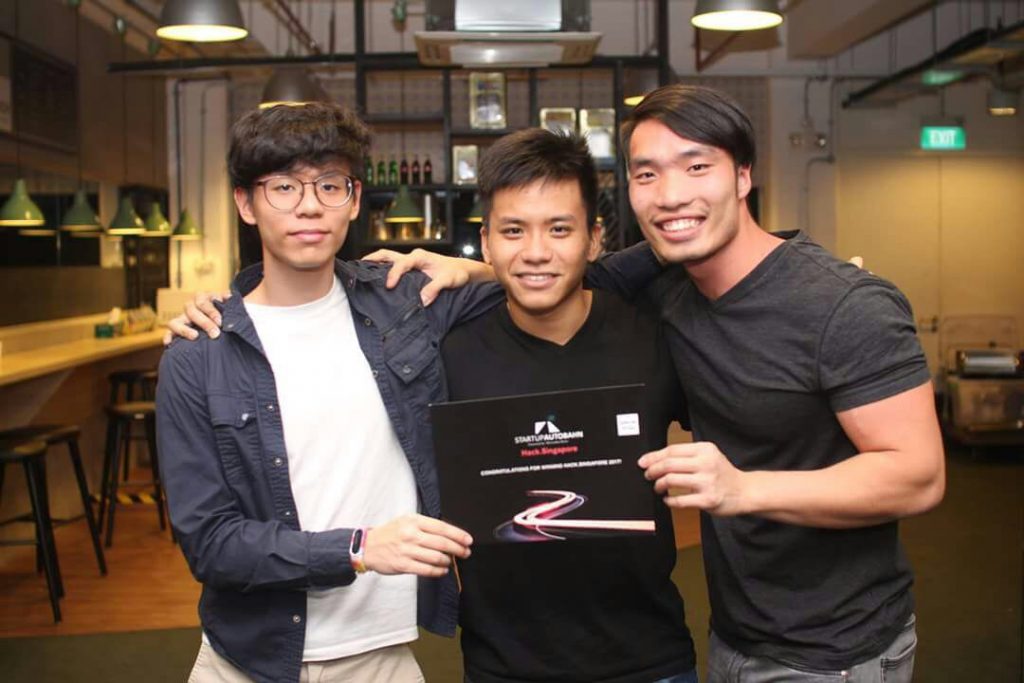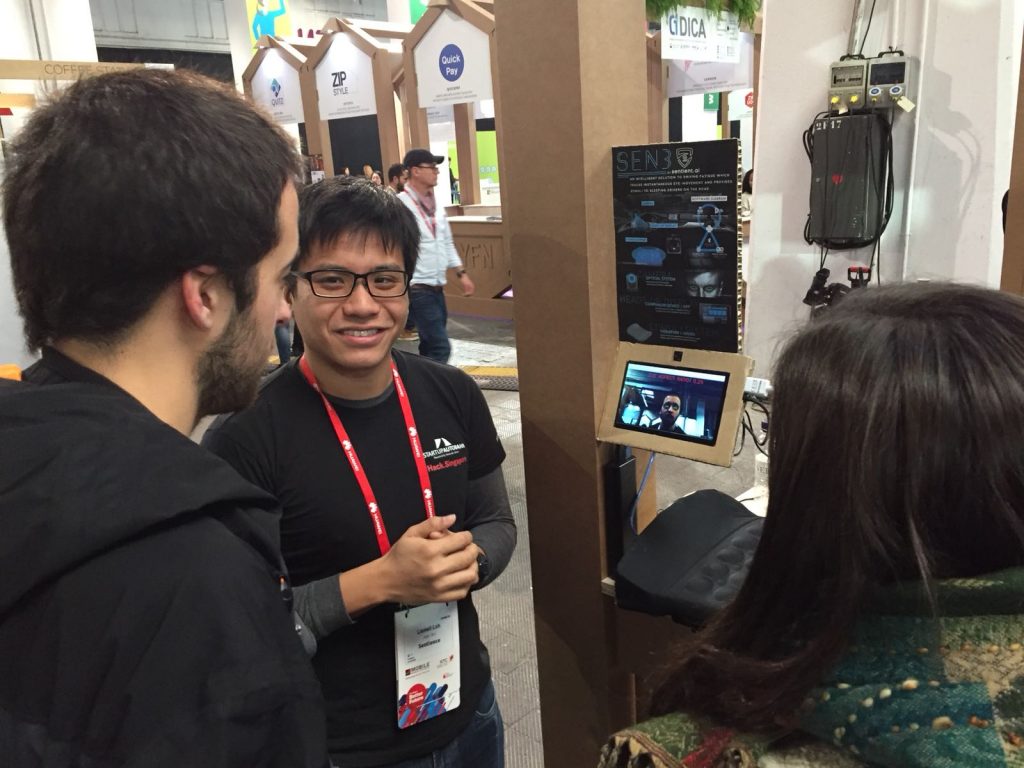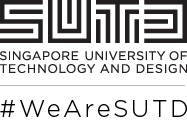This article first appeared in BTS Issue 2.
By Lionell Loh, Sophomore
SUTD Technology Entrepreneurship Programme
Project Sentience – Drowsy driving accounts for countless accidents around the world and Sentience is an AI-powered solution to combat that. We use a camera and computer vision algorithms to detect fatigue in drivers and to respond accordingly to keep them safe on and off the road.
The core team behind Sentience is myself, who is in charge of the software, Bryan, who does the hardware engineering and Aaron, who looks at the overall design of the product. We were supported by an extended team of three – Jia-Yee, Wen Qiang and Yue Yi.
Making a Difference through Design
Design is literally everywhere at SUTD, with design experiences incorporated throughout the SUTD curriculum. At Freshmore year, 3.007 Introduction to Design introduces you to the concepts of design at a variety of scales and through both engineering and architecture disciplines. You will also be exposed to core technology and design themes including principles, design processes, modes of thinking and analysis, relationships between form, space, structure and materiality, and the social and cultural aspects of design.
When we first started the 3.007 journey, we were both excited and apprehensive at the same time. Many of our ideas were guided by constraints like “Can we possibly build this?”. Naturally, many of our ideas were limited and unimpressive because our skillsets were limited too. Fortunately, the most initial ideation stage was about throwing caution to the wind. It was guided more by the problem we wanted to solve than what we could solve. We gravitated towards solving big, wicked problems because we all agreed that motivation was crucial for this project.
As time passed, we rose to the occasion and each learnt the skills needed to develop various aspects of Sentience. Be it designing, video-making or engineering, it was amazing to see everyone redefining themselves. As Sentience developed across various forms, we realised it had a competitive position among similar products because of its user-centric design and we decided to bring it out of school to test it.
Looking back, it was indeed important to be aware of our skills and limitations, but perhaps we could reframe the question from one of “Can we build this?” to “Can we learn to build this?” If you decided that the answer to the latter is “yes”, then kudos for having the courage to take the first step. To actualise it, you will need a whole lot of hustle and grit to bring you there. For us, there were countless nights when we stayed up, feeling worried and slightly helpless as we each faced our own obstacles. All we had then was each other, shreds of resolve, good Spotify playlists and Google sensei to consult. It will be tough, but teamwork always makes it easier and you will evolve in ways you did not imagine at the end of it all.
Bringing it a Step Further

At SUTD, you have ample opportunities to turn your design ideas into reality. An example would be through Design Odyssey, established by the SUTD-MIT International Design Centre (IDC), in partnership with the JP Morgan Foundation. An integration of academia, industry and society, it aims to provide students a seamless transition to professional practice by developing a human-centric focus rooted in design, innovation and social awareness.
We joined Design Odyssey to get access to more funding to prototype Sentience, as well as advice from industry mentors. We first met our mentors, Jonathan and Aditya in a weekly mentorship session on 6 November 2017. In an hour’s meeting, they helped us reorganised our pitch into a Design Thinking framework. We realised there were many missing steps, missing data, and unsupported assumptions that we have made. There was more work
to be done in justifying Sentience then blind engineering.
The week of 6 November was crucial because we had signed ourselves up for three high-stakes pitches – Design Odyssey funding, Create4Good and STARTUP AUTOBAHN.
In a short span of time, we made many adjustments to our slides and looked at the different ways we could pitch Sentience for different purposes. This iterative process helped us understand what Sentience could really be and how we want it to develop into.
Today, we have made many pitches in different contexts but the core and the fundamental flow of our pitch is always the same. Some time ago, we relooked our archived documents and saw the first pitch we ever made. It was radically different. Looking back at the iterations that were made in the week of 6 November as we figure out our project’s identity, the story we tell for Sentience today was heavily influenced by the support Design Odyssey gave in our first meeting.
Milestones of Project Sentience

2017
- 5 Nov: A memorable Sunday night where the three of us gathered to talk about our aspirations for Sentience
- 8 Nov: Pitching at Design Odyssey – awarded $800 in funding
- 10 Nov: Create4Good semi-finals presentation – successfully entered Finals and awarded $10,000 in funding
- 11 Nov: STARTUP AUTOBAHN, organised by Daimler AG – won the special prize and three tickets to exhibit our project at the Mobile World Congress in Barcelona
2018
- 28 Feb to 8 Mar: Had an unforgettable Barcelona trip with the Daimler crew
- 23 Mar: Design Odyssey – won Best User Research award
- 1 May: IdeaSinc 2018 – finalist
- 4 May: Create4Good Finals – won third prize and $20,000 in funding
- 14 to 15 May: Exhibited at Tech in Asia Conference, Singapore
- 25 May: Won tickets to Runway to RISE at Hong Kong at a pitch competition































